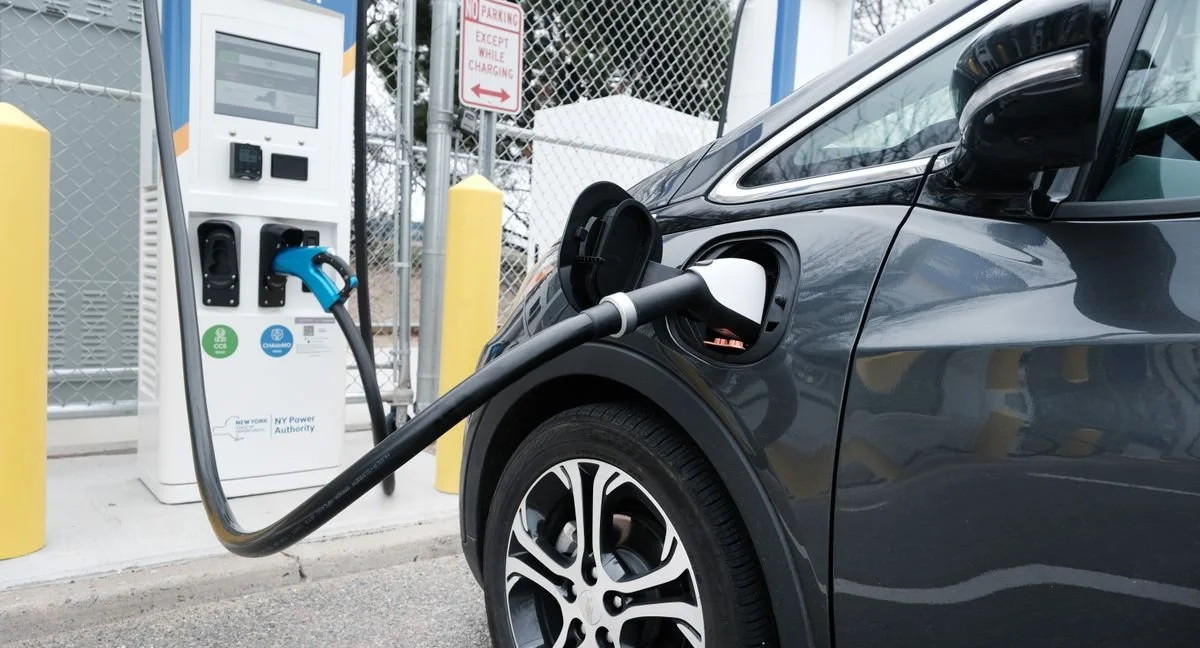Autonomous cars are much in the news, mostly because of the collisions that are bound to happen as we mix human and robot drivers. These raise obvious questions — who pays when a robocar kills? — but the uproar over safety overlooks the fact that autonomous technology will take over commercial trucking long before the average person has to decide whether to ride in a robo-cab. Companies are building autonomous trucks today for the controlled environments of shipping ports and large industrial sites (which already have self-driving forklifts!).
Read MoreRight now, most self-driving cars–like those being developed by Google or Uber–can only operate in very limited urban areas of the United States. In part, that’s because these cars need extremely accurate 3D maps that are constantly updated to function properly. That makes them impossible to use on millions of miles of roads outside cities–a problem that MIT engineers at the Computer Science and Artificial Intelligence Laboratory are tackling with a new system using just basic GPS, laser sensors, and artificial intelligence to navigate rural roads. Its name is MapLite.
LONG BEACH, Calif. — Platooning developer Peloton Technology will have its two-truck platooning system in day-to-day commercial operation by the end of the year, a company executive said.
A new year tends to be a time for renewal in many aspects, with a particular focus on improvement. Whether resolutions involve kicking old habits or beginning a new activity, the changes usually all come back to advancement.
Read MoreIn this feature series, the Smart Cities Dive team will take an occasional look at the practical, logical and down-right genius innovations that are transforming urban centers. Our aim is to ignite a thought or fire up a discussion that impacts the way you perform your job. We can't do this alone; pitch topics, talk to us and help us set the agenda.
Read MorePressures on infrastructure—due to growing urban populations, the ubiquity of new technologies, and collaborative business models—are fostering a new form of entrepreneurship focused on addressing quality of life in cities. Urban entrepreneurs are challenging the logic of formal market structures, forcing us to re-frame our thinking around the interactions between place, individuals, institutions, and the resulting innovative outcomes. Urban entrepreneurs—operating at the neighborhood, city, and global levels—are developing alternative forms of private-public-people partnerships and unique business strategies.
Read MoreTo share the lessons and innovations the Department of Transportation gleaned from the applicant cities to its Smart City Challenge, it has released a summary report and created an online dataset of submissions of the seven finalists that features the challenge addressed, proposed project category and project description.
Read MoreSmart cities revolve around the idea of using new, connective technologies to make urban living more efficient, cost-effective and, in the cases of many, more environmentally friendly.
Read MoreCities around the world could spend as much as $41 trillion on smart tech over the next 20 years.When one of the largest California wildfires on record broke out in 2013, raging for more than two months and threatening San Francisco's water supply coming from Yosemite, firefighters used drones to get aerial shots of the blaze and determine the best points of entry. Now those drones have come down from the mountains and into the city.
Read More






